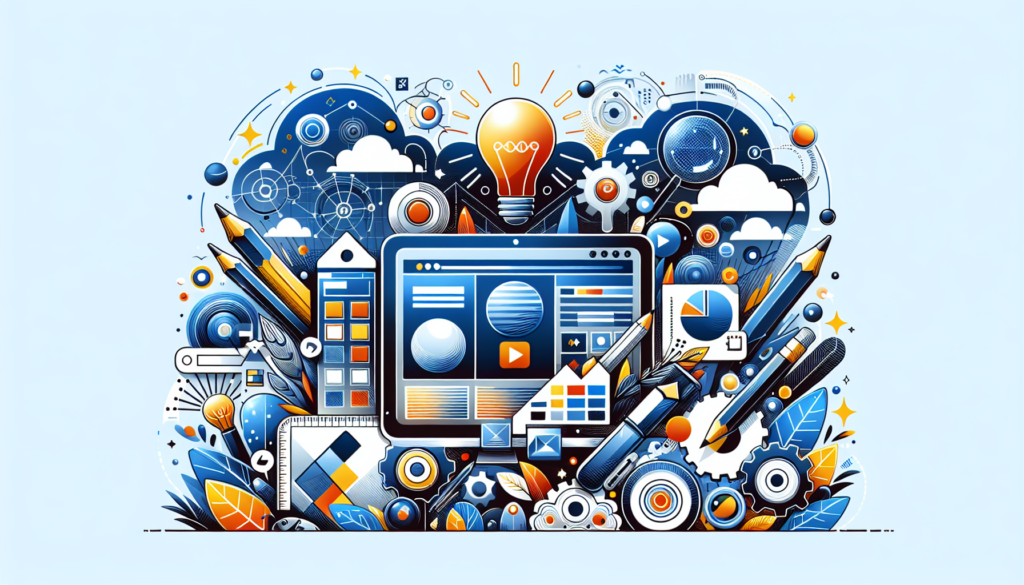The creation of an attractive and efficient web design can be defined as the process of combining visual aesthetics, usability, and optimization techniques to enhance the user experience and facilitate the achievement of a company’s business goals. In the modern digital era, where online presence is essential for nearly every business, a website must not only capture its audience’s attention but also provide an intuitive flow that guides users towards the desired action, whether it is a purchase, subscription, or inquiry. The implementation of this principle should be based on a deep understanding of user psychology, visual perception, and human-computer interactions, along with rigorous application of best practices in programming and graphic design.
Web Design Principles
Visual Hierarchy and Information Design
Visual hierarchy is critical for effective design. Elements such as size, color, contrast, and placement contribute to establishing a clear focal point, guiding users through a digital narrative. The strategic use of headings, lists, and visual access points structures the information in a way that users can easily find what they are looking for, increasing page retention and conversion.
Usability and User Experience (UX)
Usability is the cornerstone of an efficient website. It should ensure that interactions are intuitive, which involves simple navigation, fast loading times, and compatibility across different devices and browsers. The user experience should be the focus from the conceptualization to the implementation of the website, which includes the analysis of heat maps and user behavior to optimize each interaction point.
Responsive Design and Accessibility
A responsive design ensures that content adjusts seamlessly to different screen sizes and devices. Additionally, following accessibility standards, such as those provided by the Web Accessibility Initiative (WAI) of the W3C, ensures that the site is usable by people with disabilities, thus increasing the website’s reach.
SEO and Website Performance
Search engine optimization (SEO) is crucial for ensuring the visibility of your site. The URL structure, the proper use of header tags (H2, H3, etc.), and the use of meta-descriptions play significant roles. Moreover, optimizing images, minimizing CSS and JavaScript, and choosing a good hosting service contribute to the website’s performance, a factor that also influences SEO.
Recent Technical Advancements
Web Development Technologies
Frameworks like React, Vue, and Angular offer robust options for creating dynamic, feature-rich interfaces. Server-side programming, with technologies like Node.js and Django, has advanced the interactivity and capability of websites to handle complex, high-traffic web applications.
Artificial Intelligence and Personalization
Artificial intelligence (AI) is being used to personalize the user experience in real time, learning from their behavior and adjusting the content shown to them. AI-powered chatbots enhance user interaction and provide immediate support.
Web Security
The adoption of HTTPS, the implementation of content security policies (CSP), and compliance with standards such as the General Data Protection Regulation (GDPR) ensure that user data privacy and security are top priorities.
Case Studies and Real-Life Applications
E-commerce Enterprises: The use of high-quality graphics, detailed product descriptions, and a simplified checkout page design have been shown to increase conversions.
Online Learning Platforms: The implementation of interactive interfaces and content personalization through predictive analytics keeps students engaged and improves learning retention.
In conclusion, an attractive and efficient web design is not the result of a generic formula but of a meticulous construction of experiences, guided by solid web design principles and complemented by advanced technologies. The key to success lies in the ability to deliver a website that not only appeals visually but is also aligned with user expectations and the goals of the company. As a result, collaboration among designers, developers, content strategists, and SEO specialists is essential to create a truly integrated and powerful web product.

